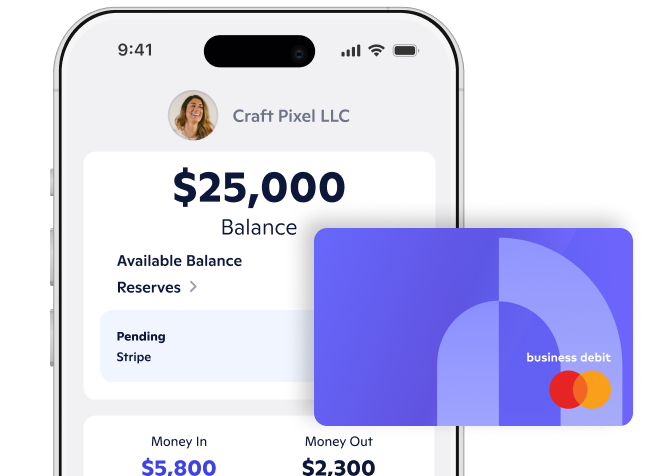
ccording to the World Health Organization(WHO), about 264 million people suffer from some form of depression. This leads globally to a loss of US$ 1 trillion every year in productivity.
Due to negative working environments or personal issues, employees’ mental health can be affected and various problems can occur within the workplace.
Below are ways employees can understand and improve their mental health and several tips managers can implement.
Common mental health conditions
Mental health issues in the workplace can result in depression and anxiety for employees if they are not addressed. The work itself may be more you can handle. You may find yourself unable to deal with a new assignment, or working with co-workers that are giving you a hard time.
Coming to terms with these issues and finding help may not always be easy. In order to have a positive work experience, it's important to acknowledge that 'mind over matter' may not be enough and you need external help.
Know when to discuss issues
There is a rising awareness of mental health issues in the workplace and the need to treat them properly. Experts say that mental disorders account for about 25% of the disabilities that affect people globally. So it's important to have access to the proper channels when you need help.
If you find yourself constantly missing deadlines or your work performance has deteriorated, you should ask yourself if you are mentally healthy enough to face the issues you have at work.
Once you understand that a mental health issue could be the underlying cause of your issues, it's time to discuss the problem with your manager or someone from the HR department. You can even talk to another manager that you trust and can rely on.
Seeking support
World Mental Health Day, which is observed every October 10th advocates providing the right treatments for mental disorders globally. You should be open to getting treated and having an honest conversation regarding any mental illness you may be experiencing.
In some companies, you may have access to an Employee Assistance Program(EAP) that can provide therapy sessions for workers. Or if you're already seeing a therapist, you can discuss ways to talk about your mental illness in the workplace. This way you'll know the best course of action to take.
Managers can help by understanding local laws and how to offer support if an employee shows signs of mental health problems. The Americans with Disabilities Act (ADA) and Family Medical Leave Act (FMLA) can help explore viable means to help employees overcome the limitations imposed by their disability.
If an employee is not covered by law, managers should still do their best to help them by showing that their problems matter. Having a personal mentor helps them communicate their work issues and fosters professionalism in the workplace.
How managers and employees should play their role
While mental issues can be a sensitive topic, both managers and employees have important roles to play in handling the issue.
The role of managers
Managers should observe the performance of the employees in the workplace. Initiating a conversation while being tactful is a good way to determine if there is a problem that needs to be addressed.
Making the employee feel comfortable will make them more open to suggestions. Managers should show support, letting employees know they can get help from their managers. This will reduce the stigma associated with mental health that is common in the workplace.
If the disability is something that can be overcome by flexible work hours or other methods of support, managers should have a viable strategy to offer that to the employee.
The role of employees
In most work environments, employees need to be able to communicate and work well with other team members. If there's an obstacle in the way of getting the work done, they need to be able to talk about the issue without any judgement or scrutiny from others.
If the situation is unresolved and prolonged, it can lead to long term stress and declining work performance. Proper management of the mental stress should be implemented early.
Balancing life with work
When it comes down to it, everyone just wants to find a balance between their job and their life at home. You'll be a happier person when you have leisure and work commitments in check without one overwhelming the other.
Finding flexibility with work
How many times have you been compelled to complete just one more thing on your work to-do list, but find yourself unable to stop?
Don't work when you don't have to. Learn to unplug and when you're off from work, don't spend that valuable time checking emails, answering phone calls, etc.
Don't be a perfectionist
More responsibilities often mean more pressure. Avoid trying to overachieve in everything you do and don't complicate things.
Make small changes to improve your life
Whether it's a health routine or a hobby you decide to pursue, doing things that take your mind from your usual responsibilities can do wonders for your mental and physical health.
And if you feel under pressure to complete certain tasks, keep in mind that some tasks may be delegated, both in a personal and professional capacity.
Conclusion
Employees and managers can benefit by having a system to deal with mental disorders and improving the way they are handled.
If someone is showing signs of distress, being concerned and providing the right resources is a step in the right direction towards improving mental health.






